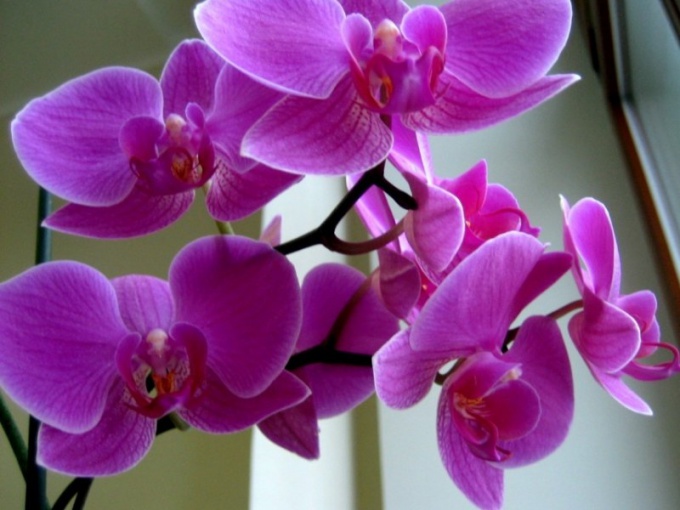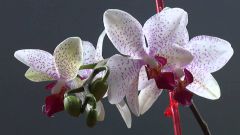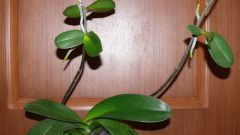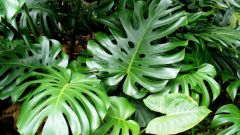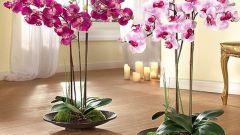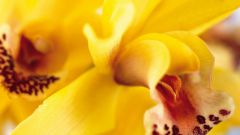Quite often, anxiety causes yellowing of the leaves or the stem. Most likely, this is natural because the aging. Thus only start yellowing lower leaves. Also change the color begins to stalk after flowering period. In this case, the sheets after drying very carefully removed, as it may hide dormant buds, they can be easily damaged. After the sheet is completely dry, it will easily separate from the plant. Yellow and withered stems are clipped with scissors or a sharp knife.
Yellowing of Orchid can from change of place of "residence". They are very exacting to light, temperature and humidity regime. Changing any of these components of care may temporarily lead to plant diseases. To help him acclimate, they should try to create the most favorable conditions. For each type of Orchid. With proper care the plant will quickly regain its beauty.
A fairly common cause of yellowing of plants is incorrect watering. And most often the plant is watered excessively. In this case, the roots can start to rot and the plant to turn yellow. So it is not lost, it is necessary to dry the roots for some time and to touch the substrate, which can also rot. Underfilling Orchid is much rarer, as they can easily do without moisture for long periods of time.
It is very important not to overfeed orchids. Fertilizer liquid fertilizer should be no more than once a week during flowering. Now release fertilizer specially for orchids. Add them to your water when watering.
Orchids are very picky about the lighting. They can not tolerate direct sun, but the lack of lighting had a most disastrous effect on their appearance. Let's see what the leaf started to turn yellow. If it is far away from the window, it really is in the lack of sunlight. When growing orchids on the North side should take care of the lighting, and on the South about the blackout. Make sure to avoid drafts. Although orchids love fresh air, the cold wind has a negative impact on their health.
On the window of the Orchid lies in wait for another enemy. Is the hot air from the batteries. Besides the fact that it dries up the roots, it also reduces the humidity around the plants. To combat this, placed next to containers with water or using a humidifier.
